The content trap: When volume degrades quality – and how to fix it
Every post either deepens desire, or drains it. Too many luxury brands don’t know the difference
Welcome to TOMORROW WILL ARRIVE, a platform for cultural critique and future thinking; offering perspectives on luxury, brand strategy, identity and design. Created by BIRCH, we are a London-based creative studio, founded in 2009. You can reach us here, or join our Subscriber chat here.
In the relentless race for visibility, luxury brands today face a paradox: they’re expected to deliver a constant stream of social content and make it original, compelling and somehow valuable to consumers. Every. Single. Time.
And they’re expected to do this without dumbing down or over-exposing what makes them luxurious in the first place. Tough gig.
It’s easy to see why this challenge defeats a lot of brands – even hugely successful ones. We see it all the time, particularly in sectors like real estate and hospitality. Brands fall back to posting what feels easy (usually product imagery) and platforms like Instagram or Tik Tok that thrive on atmosphere, storytelling and mood, grow stale.
Welcome to the content trap – more shots, more posts, more “content” – but ever less engagement.
The luxury dilemma: Quantity vs. quality
Luxury isn’t meant to be obvious. It’s meant to be alluring. The best luxury brands sell a feeling or a curated landscape. It’s not about pushing things out there, it’s about piquing curiosity and drawing in consumers through world-building.
Social media’s demand for constant output is the great leveller. The more a brand posts, the more it risks numbing itself into something ordinary. And in the luxury space, ordinary is the kiss of death. The trick is to balance rhythm with intention – when in doubt, do less, but better.
Flexjet: A missed opportunity in the clouds
In many ways, Flexjet is the private aviation brand of the moment. It’s just been valued at $4bn, having secured investment from LVMH-backed PE firm, L Catterton. It’s also, incidentally, got a substantial social following by category standards.
The opportunities for cinematic, visual storytelling are huge too. Think cloud-splitting ascents; glamorous peeks behind the private aviation curtain at 30,000 feet; the promise of effortless arrivals at far-flung destinations.
But, the brand’s social is a missed opportunity – the photography lacks style and the content is unimaginative. All the markers of private aviation are there, but you’re not invited inside a brand world. There’s no real sense of differentiation or why someone flies Flexjet beyond getting from A to B. The visuals that do say ‘luxury’ (like champagne glasses on a table), feel clichéd.
This creates two problems. Firstly, Flexjet feels like a functional service provider, not an elevated brand that consumers will aspire to and choose as a ‘flex’. And fundamentally, Flexjet looks like any other private aviation firm. See VistaJet or NetJets – they all look the same.
When luxury feels generic
Flexjet isn’t alone. Many brands are sliding into content autopilot.
Take Six Senses. The hotel group has an extraordinary story to tell about its commitment to sustainability, local craft and restorative travel – but its social feed often reduces this to yet another infinity pool at sunset. Rolls-Royce, meanwhile, can lapse into glossy, three-quarter car shots that don’t really tell a story. Cartier, likewise, still leans heavily on sterile still life images that undersell the emotion behind its pieces.
Brands like these have world-class raw material, yet too often default to the most obvious visual tropes. The result? They fall short on social – blending into the noise, rather than cutting through it.
Lohause: Social as storytelling
By contrast, Lohause is an independent Portuguese eyewear brand that’s got a lot of love in recent months – with good reason. The brand has blown up on social, thanks to a content strategy focused entirely on playful storytelling that signals key brand values: Artistry, creativity and good living.
At its centre sit the Lohause family, a fictional group of Lisbon-based urbanites, who love wine, art, glamorous living (and crucially) wear glasses. Rather than push product, Lohause invites you to enjoy stylish vignettes from their lives; coffee and the papers in pyjamas, painting on the quayside with easels, whizzing around the city in a classic Mini Cooper.
The product is present, but its presented through world-building. The brand’s content can’t help but make you smile; it’s cool, characterful and – in its own way – aspirational.
With the story established, close-ups of the Lohause family wearing glasses serve as distinctive but high-impact product shots to close the deal, always set against a lifestyle backdrop. It’s novel, conceptual, and it works brilliantly.
From product to philosophy
Now, I’m not saying that brands like Flexjet, Rolls-Royce and Cartier need to copy Lohause’s playbook, but they do need to present an aesthetic, perspective or story on social that feels unique. It’s not enough to throw product up onto the feed and hope it resonates.
Consumers, especially in luxury, want a sense of the why behind what a brand creates; evidence of a philosophy or a worldview they can buy into. This is what makes the difference between a piece of jewellery and a future heirloom, between a room in a hotel and a chapter in someone’s life.
When brands articulate values consistently – whether rarity, taste, artistry, playfulness, whatever – they create a gravitational pull. Content stops being filler and starts being an extension of the brand’s culture. And when the storytelling is coherent, even a simple image can carry the full weight of a brand’s aura.
Belmond: Social as mood
Belmond’s feeds do this consistently. While the brand does present storytelling moments on social, it primarily offers up a mood, capturing atmospheric moments and ‘vibes’ for consumers to connect with.
Its Long Shots YouTube series illustrates the point, a series of ~60-minute-long atmospheric films that document key Belmond destinations, “designed for passive viewing and active dreaming”. Quite apart from being a bold statement of defiance against pumping out endless reams of disposable content, these videos offer an intentionally thoughtful proposition. They positioned Belmond as a considered brand, producing considered and visually arresting content.
This is luxury as a series of moods. You don’t just see a place – you start to feel what it might be like to live in that moment. And crucially, Belmond doesn’t over-post. It leaves space for the imagination to do its work.
Breaking free from the content trap: Three moves
Intrigued? Here’s a précis of the guidance we give to clients who are trying to break free.
1. Curate with purpose
Every post should be a door – into emotion, atmosphere or conviction. If volume is an issue, reduce frequency and give yourself a beat to create something compelling. For luxury, absence is as powerful as presence. Zegna does this well. The brand doesn’t post more than it needs to, but its content always feels focused, visually cohesive and story-led.
2. Craft the atmosphere, not just the object
Luxury storytelling is contextual. Hermès rarely shoots product in isolation; the frame is part of a lived-in world – be it a horse, a table setting or a garden at dawn. By contrast, brands that endlessly post cropped product shots risk becoming interchangeable with mid-market competitors. Jewellery brands and watchmakers are bad at this.
3. Design for resonance, not just reach
Metrics tempt brands to play to the algorithm. But, as we’ve written before, a compelling sense of taste outlasts any spike in impressions. Jacquemus’s feeds are a useful case study in inventive, playful and atmospheric content that’s carefully composed, but not over-thought.
Create with intent
There’s a restless logic to the content trap: post more, get seen more, don’t fall behind. And yet, the most magnetic luxury brands know the opposite is often true. The rarest thing on the internet is not volume – it’s intention.
Flexjet could own the skies, not just occupy them. Lohause already owns emotional gravity. Belmond owns the art of mood. The difference is not budget, but intent.
One approach fills the feed. The others feed the imagination.



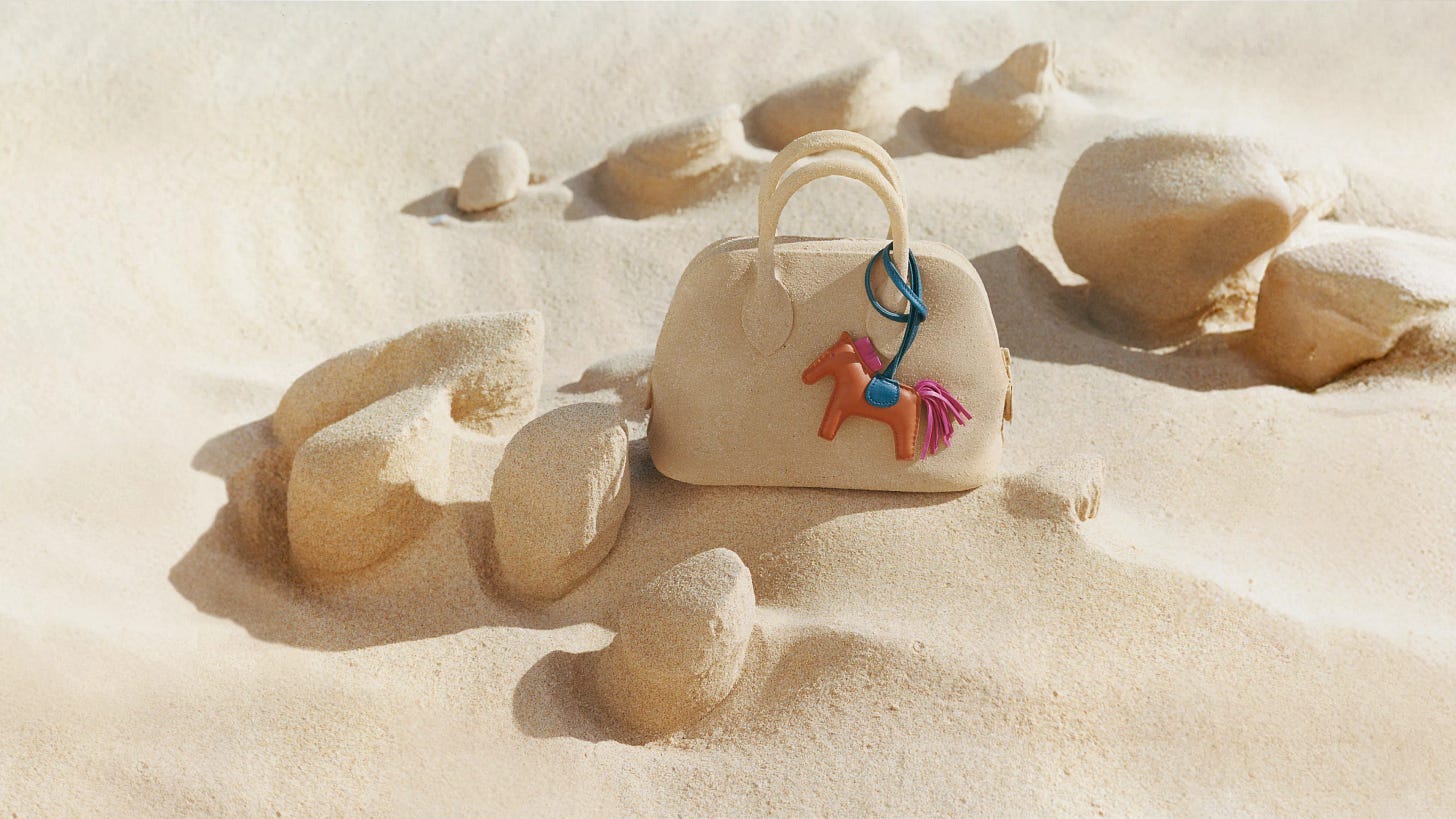


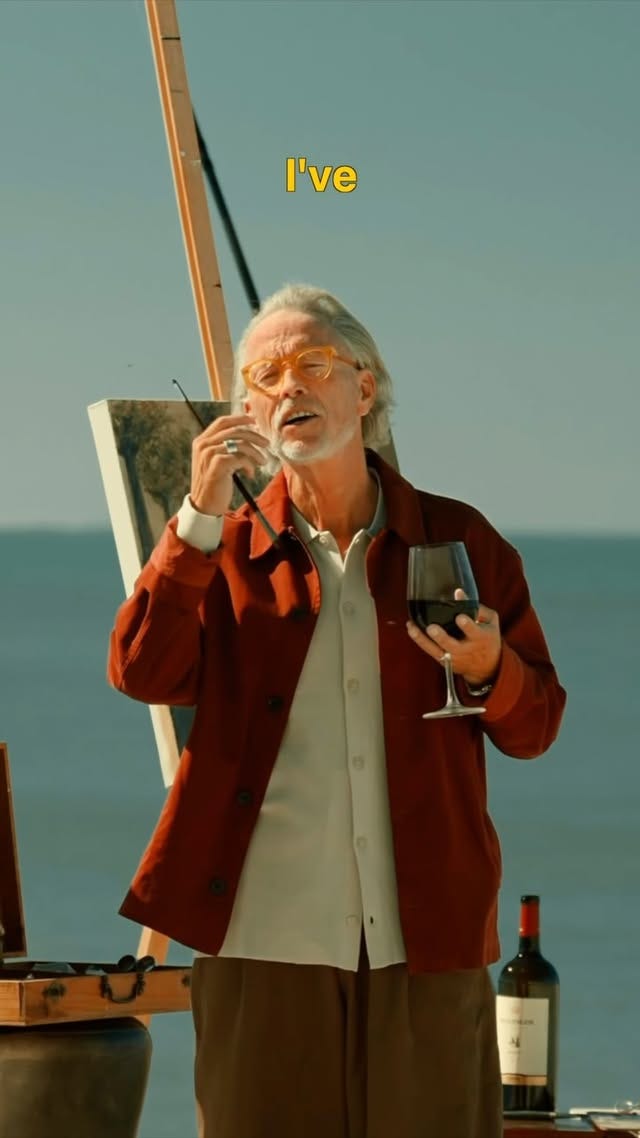
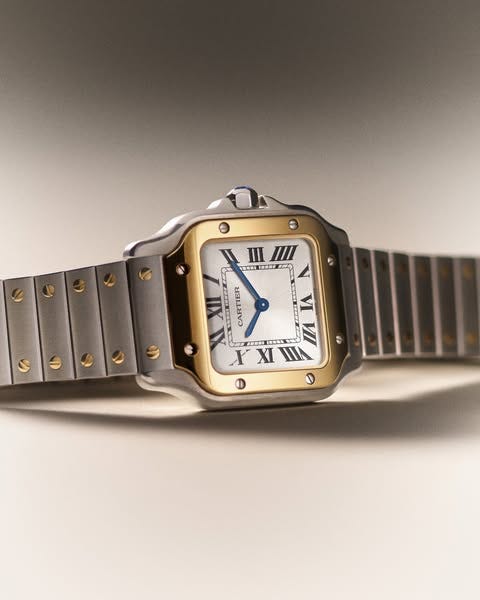
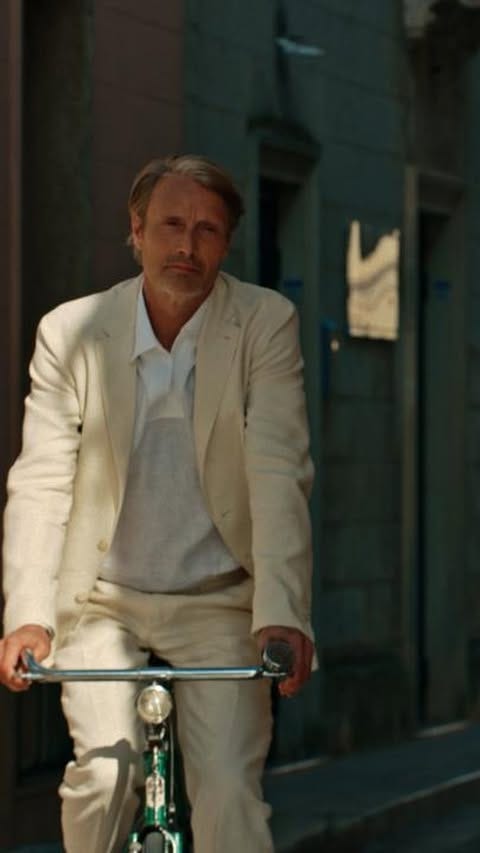
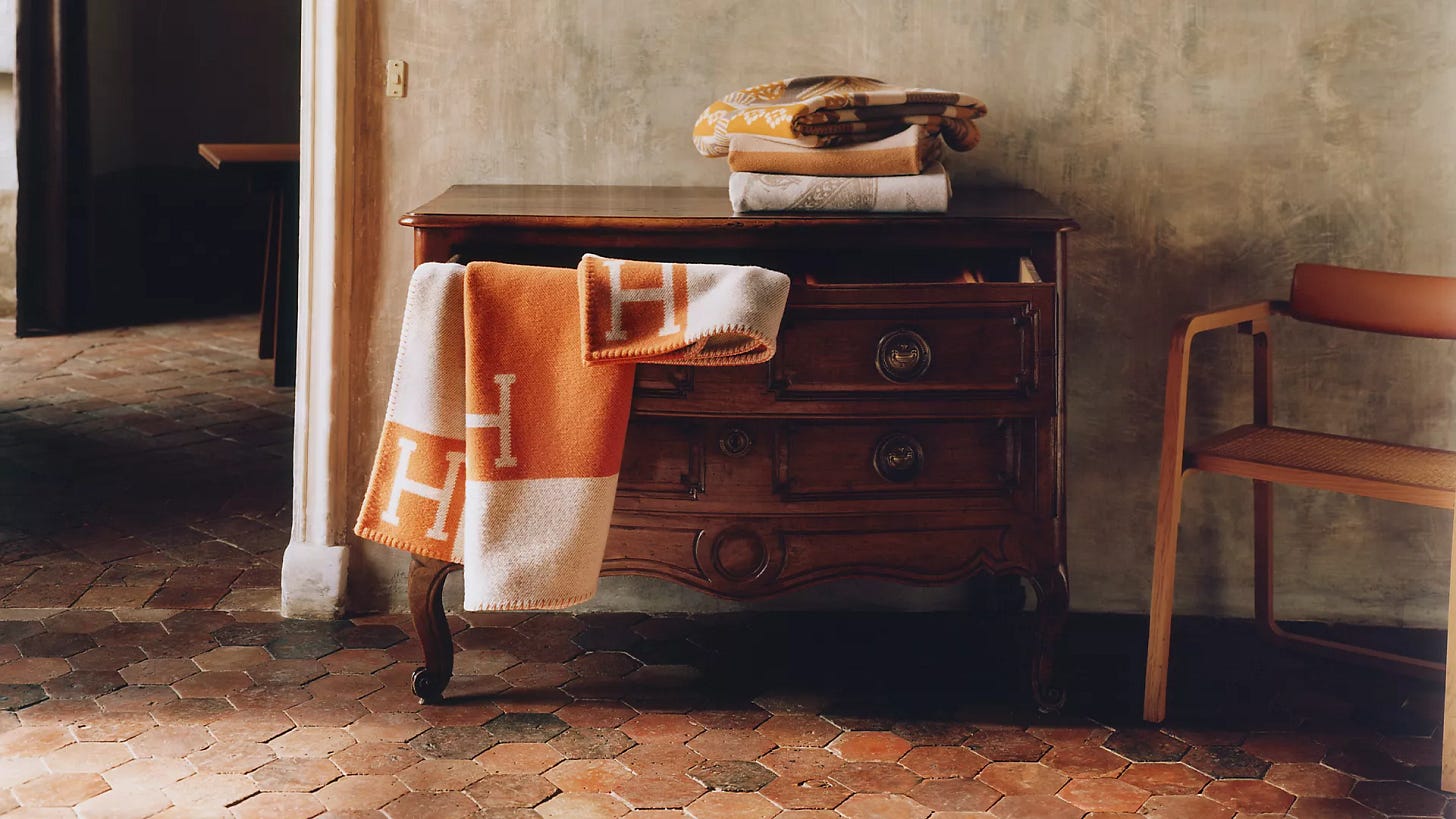

Lahouse is such a great discovery. I fell into a rabbit hole of their content. I felt committed to the characters only to ask myself later, what are they selling??